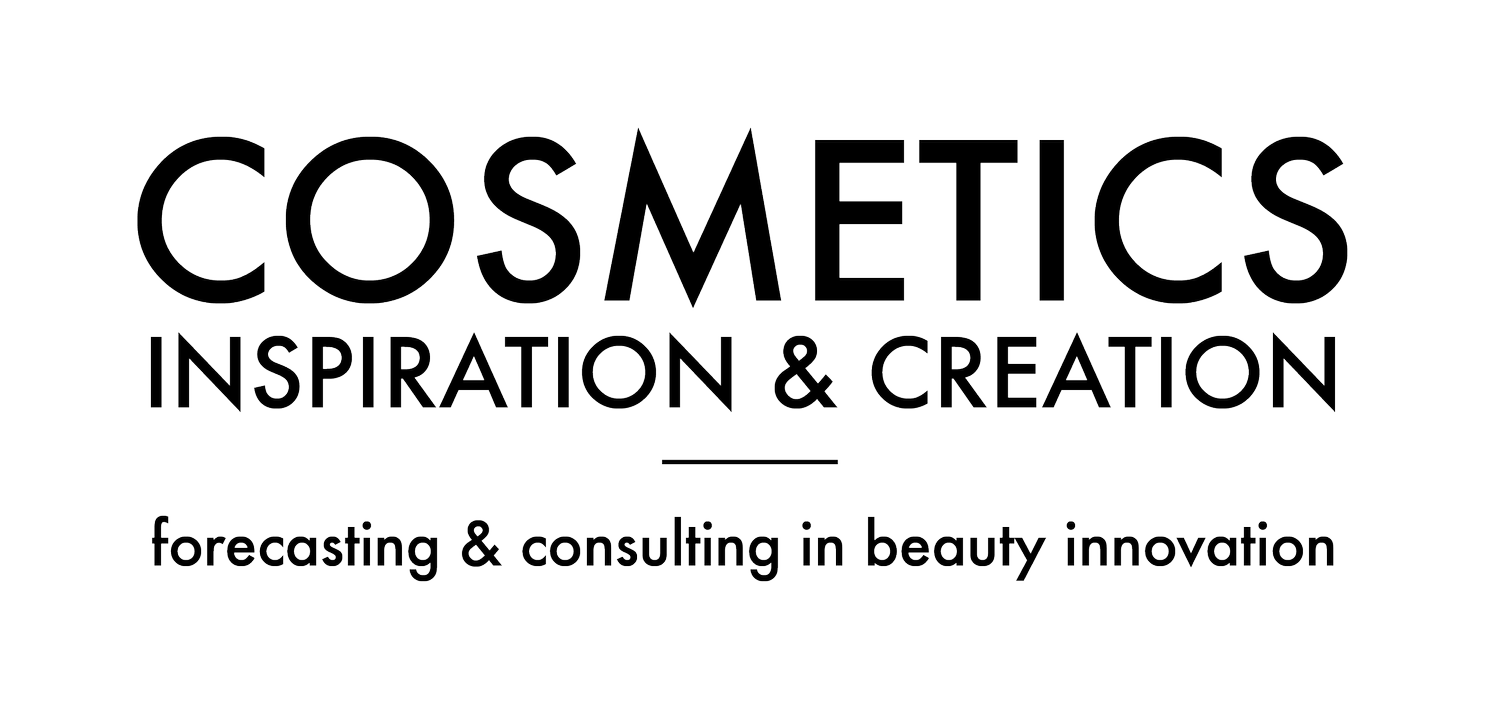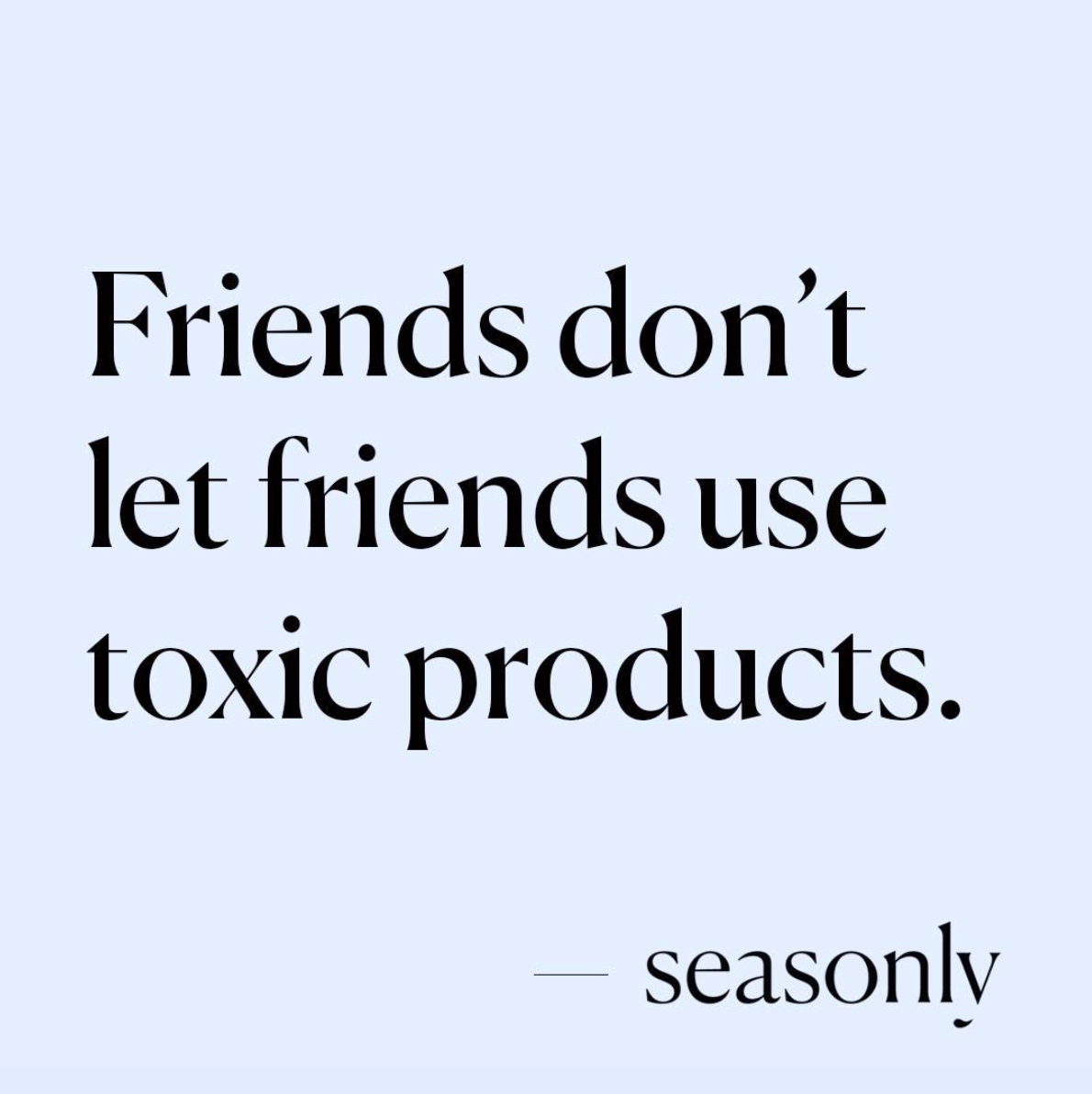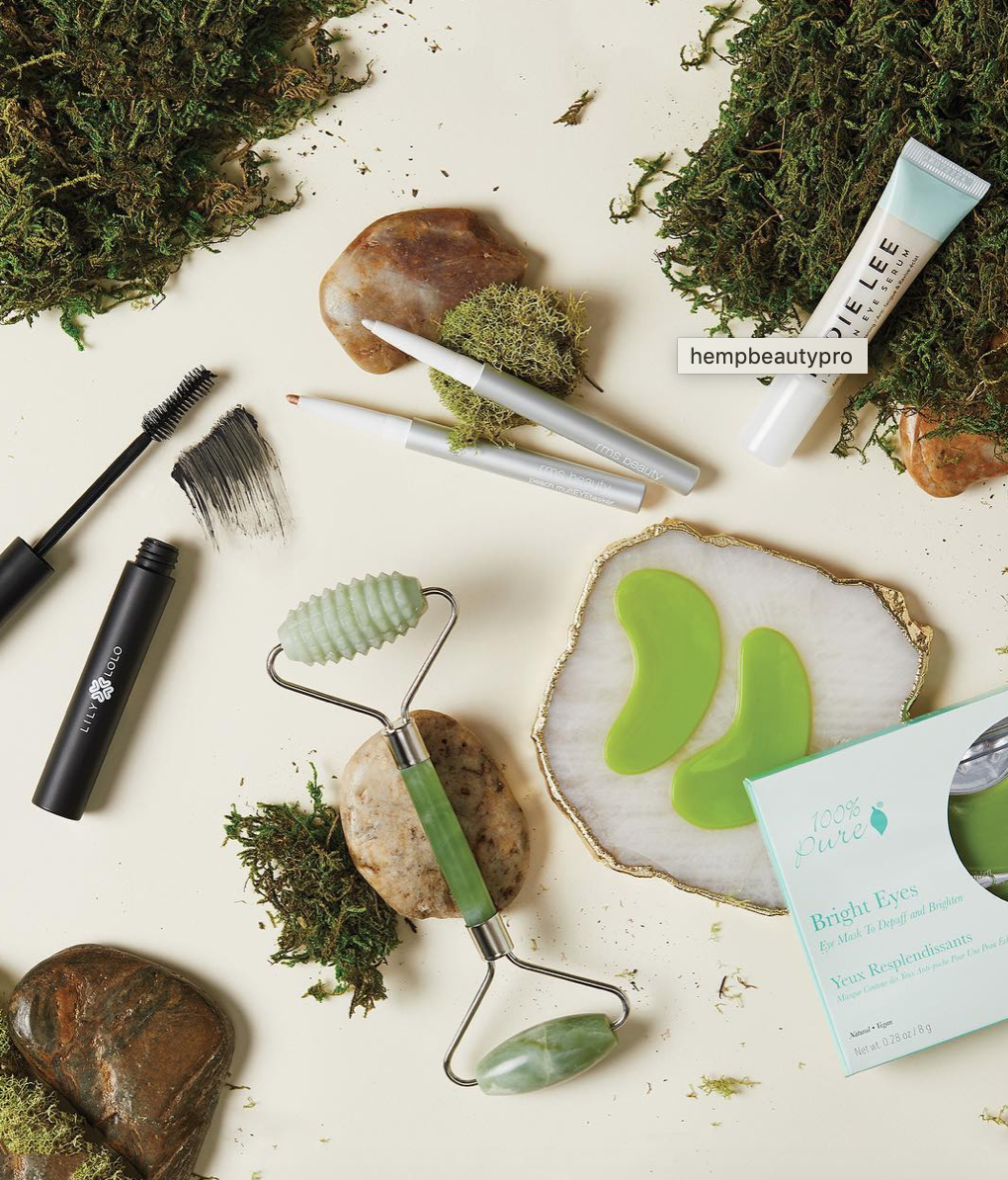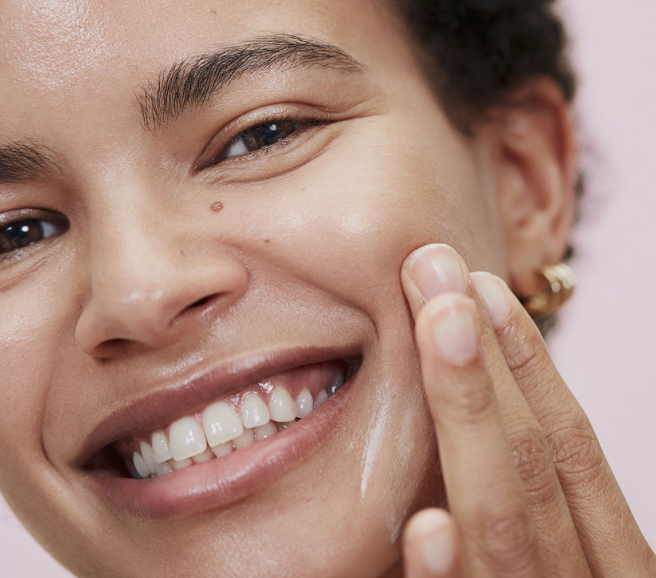Simple Organic - courtesy of the brand
The consumption of natural, vegan and sustainable cosmetics continues to grow around the world, and same goes for Brazil, one of the biggest beauty market out there, as well as one of the richest country in Biodiversity. Despite the country's current economic recession, the beauty market grew about 10% in 2019, according to the company Sebrae, with numbers that surpass US$ 30 billion dollars. Aware of the global environmental crisis, and knowing that the devastation of Amazonian Forest has a big impact on global warming, the majority of Brazilians are and always have been more concerned of sustainable practices. Dive into the latest Brazilian trends and inspiring brands to follow.
BRAZIL: BUT FIRST, NUMBERS
According to data from the company Nielsen, 42% of Brazilian consumers changed somehow their consumption habits to reduce their impact on the environment, while 30% of interviewed pay attention to the ingredients and components of products.
Awareness among consumption is also significant: 58% do not buy products from companies that perform test on animal, anda glowing 65% do not buy from companies associated with unethical labor practices.
According to the UEBT Barometer, 91% of Brazilians say it is important for them to contribute personally to preserving biodiversity and they expect companies to inform them on their concrete actions towards biodiversity preservation (88%). They are also increasingly interested in transparency and authenticity.
FROM CRISTAL MUNIZ TO MARTHA PEDALINO, THE FACES OF ZERO-WASTE INFLUENCE
In 2014, influencer Cristal Muniz decided to radically change her consumption habits and stop producing garbage. She created Uma Vida Sem Lixo (‘a life without trash’), a blog-diary to report her transition and spread dozens of recipes to swap and clean products and/or cosmetics. Today, what started as a diary is now a media with over 3 million visits, and Cristal has released a book and two ebooks.
And she is not the only zero-waste source of inspiration for Brazilians. It was on a trip to China that designer Martha Pedalino (@ajuntalocal) approached the culture of “Dao” - a Chinese expression for “tea ceremony” - and developed a passion for the centuries-old tradition of producing and consuming plants for medicinal use. Returning to Brazil, Martha started selling organic teas and body mists, leading to the explosion of ther own brand that expanded to cosmetics, a massively followed online presence and natural skincare workshops.
BRAZILIAN NATURAL DISRUPTION : 7 MUST FOLLOW
TERRAL - BRAZILNESS SENSORIALITY
courtesy of the brand
The brand was created from the desire to use clean, natural, organic and nutritious products for the body. The scents are all made from pure essential oils, and preservatives used are pure and from nature, such as propolis, rosemary oil, tea tree oil. TERRAL offers a true sensory experience through its balms and body creams. Star product: the paste deodorant that, in addition to retain moisture, soothes inflamed skin.
Website / Instagram: @terralnatural
BAIMS - BIODIVERSITY HEROE
courtesy of the brand
BAIMS is committed to a more fair and ethical world and to contribute to the maintenance of biodiversity on our planet. All products are organic, vegan, cruelty free, and the packaging, made with bamboo, is 100% recyclable. It is the first brand to use BBA ™ - BioBehenic Active, an active derivative of Pentaclethra Macroloba (Pracaxi) that has natural brigthening properties.
Highlights: Baims lipsticks, highly moisturizing yet on the “dirty nudes” side with edgy, discreet colors even for those who like dark tones.
Website / Instagram: @baimsnaturalmakeup
ALMANATI - RECYCLING BEAUTY
courtesy of the brand
Also 100% natural, organic and cruelty-free. Almanati's packaging are either made of paper or produced from a derivative of sugar cane, both 100% recyclable. In addition, it contains raw materials from biodynamic agriculture, which respects the relationship between the living beings present in agricultural practice.
One of its biggest key difference: waterless formulas, substituted by aloe vera extract, such as the facial moisturizing cream, the facial cream gel, the moisturizing man facial cream and the hydrating body lotion.
Website / Instagram: @almanatibr
SIMPLE ORGANIC - PLANT BASED EXPERT
courtesy of the brand
When founder Patricia Lima became a mother, she realized that she couldn’t use several products. She then founded Simple Organic, aiming to democratize natural beauty through organic and vegan products.
Must try: The Eye Balm, formulated with hyaluronic acid, sunflower oil and essential oils of lavender and chamomile.
Website / Instagram: @simpleorganic
BIOART - BIODEGRADABLE GENTLENESS
courtesy of the brand
After having several allergies due to toxic cosmetics, Soraia Zonta mixed her own concerns with Nature’s treasures and created BioArt. Since 2010, the brand develop safe makeup with natural and organic assets. Another key concern of the brand: having formulations that produce waste able to return pure to nature, without polluting neither water nor soil.
Highlight: the bio-nourishing blush, formulated with a mix of different clays and tapioca as a powerful pigment. Can be used as a shadow or on the lips, if mixed with gloss.
courtesy of the brand
CARE Natural Beauty
Carrying the slogan of slow beauty - cosmetics that do not harm the environment, the company was launched in 2018, with products free of toxins, chemical components and heavy metals. In addition, they are vegan and cruelty-free. Star product: Care Natural Beauty's Multifunctional Blush, a cream-in-powder that melts when meeting skin. Enriched with natural vitamin E, grape seed oil, coconut oil and cupuaНu butter.
Website / Instagram: @carenaturalbeauty
As expert in trends, our agency has explored the worldwide expression of the Clean and Natural Beauty movement. Thanks to our Brazilian team member, Luisa, we are now exploring the new natural disruption happening in Brazil.
Contact us for more information.






















































































